Search Images
Browse Content (p. 1669)
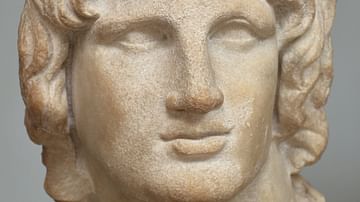
Image
Alexander the Great, Marble Head
Marble portrait of Alexander the Great, 2nd-1st century BCE, said to be from Alexandria, Egypt. (British Museum, London)
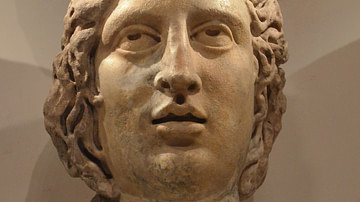
Image
Head of Mithras
Head of Mithras in Phrygian cap (CIMRM 815), from Walbrook Mithraeum in Londinium, CE 180-220. (Museum of London, Britain). Depicted as a handsome youth, Mithras wears his usual Phyrgian cap. His eyes are turned away from the deed of slaying...

Image
Statue of Alexander the Great as Pharaoh
Granite statue of Alexander the Great as Pharaoh, Greco-Egyptian, c. 300 BCE. (Liebieghaus museum, Frankfurt am Main)
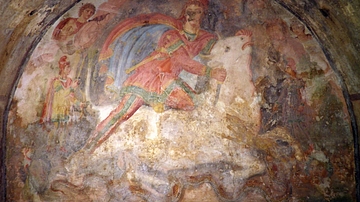
Image
Tauroctony fresco
Tauroctony fresco (depicting Mithras killing a bull) in the mithraeum (temple of Mithras) of Capua (Italy), 2nd century CE.
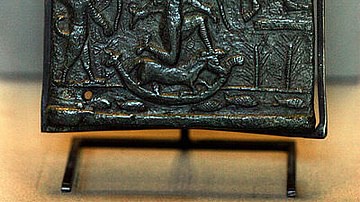
Image
Lamashtu Plaque
This plaque was used for protection against Lamashtu, a female demon or goddess who would imperil women during childbirth and even kidnap babies while breastfeeding. Neo-Assyrian, 10th-7th century BCE. Musee du Louvre, Paris
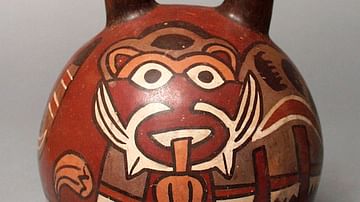
Image
Nazca Double-spouted Pot
A typical double-spouted pot with handle of the Nazca civilization of ancient Peru (200 BCE-500 CE). The design is also typical of Nazca art: Bold lines and colours, often depicting mythical transformational creatures. (Los Angeles County...
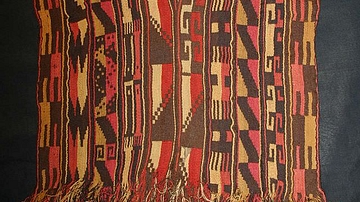
Image
Nazca Poncho
A Nazca poncho (200 BCE-500 CE) which illustrates the vibrant colours and bold linear patterns typical of Nazca textiles. (Lombards Museum)
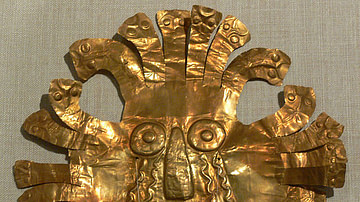
Image
Nazca Gold Mask
A beaten gold mask from the Nazca civilization of Peru, 200 BCE-500 CE. 18.4 x 20.5 cm. The mask may represent a shaman in transformational pose, a common motif in Nazca art. An alternative interpretation is that it represents the weeping...
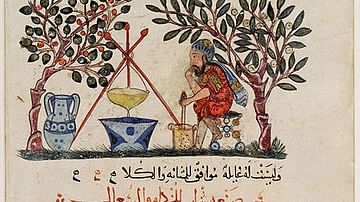
Image
Ancient Mesopotamian Pharmacist Prepares Elixir
An Arab folio on which is depicted a pharmacist preparing an elixir. From the manuscript of the De Materia Medica by Dioscorides, 1st century CE. Metropolitan Museum of Art, New York

Image
Nazca Civilization Map
A map indicating the location of the Nazca civilization, 200 BCE - 500 CE, on the southern coast of Peru.